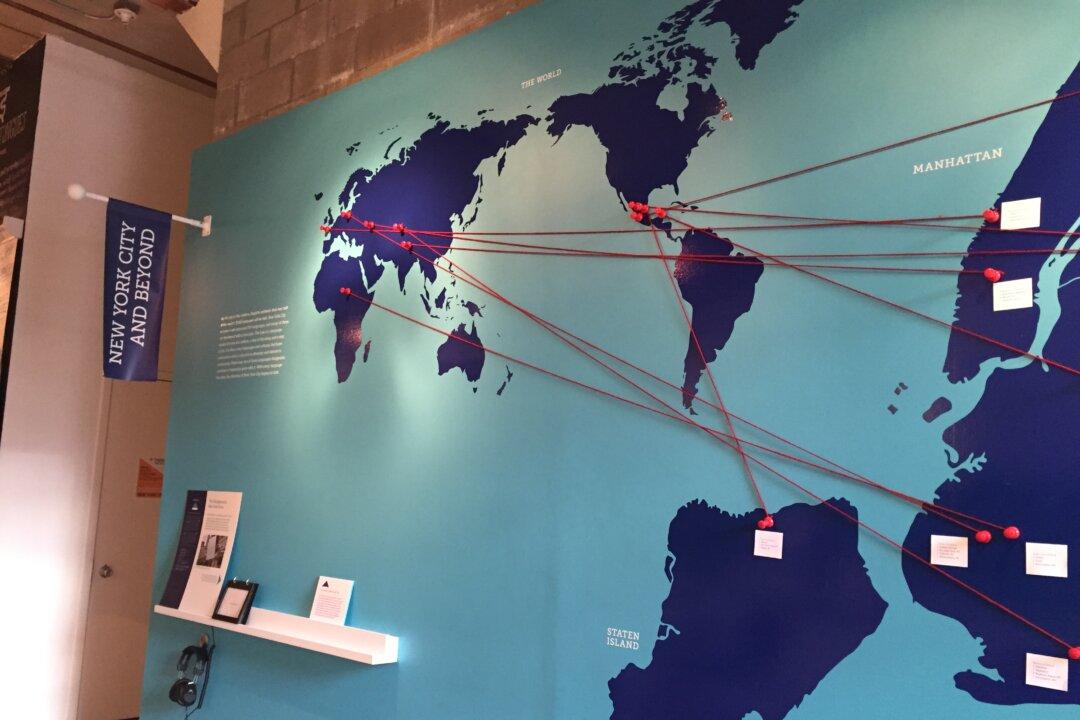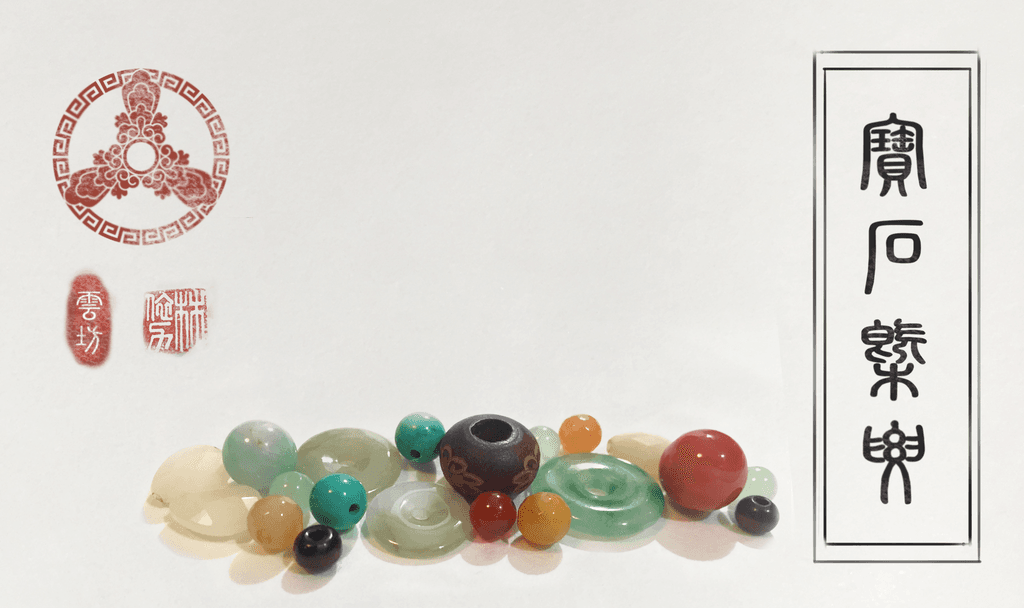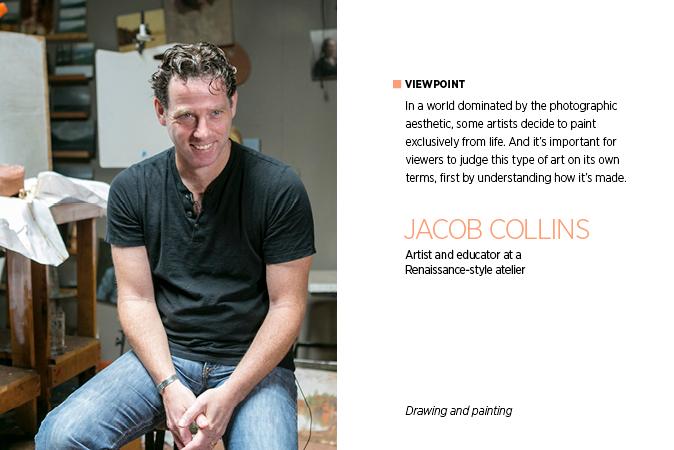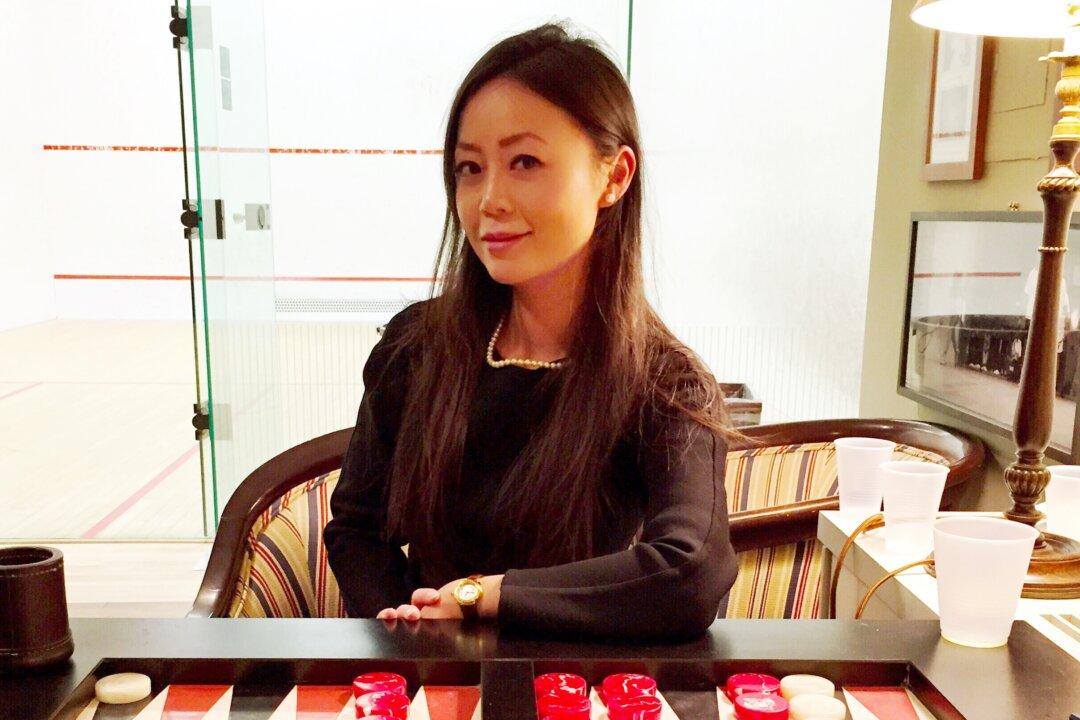NEW YORK—Did you know that in the foothills of southwestern China, there lives a group of 300,000 people whose written language looks like webdings? The Naxi have a funeral song that contains the following line: “The sons of bitterness are here; they wear their hats.” In written Naxi, it looks like nut-ladel-stickfigure-peacock-antelope-hat-arrow.
I’m first-generation Chinese-American, and I had no clue of such a language. My mother, who grew up in the south of China, had never heard of Naxi either. But she did know about a syllabic script, used exclusively by women, which grew out of a sex-segregated education system. This script, called nushu, is distinct from the logographic Chinese characters that we know; it is written phonetically like English or French. And it’s dead now.
When we think of languages dying out, we imagine tiny tribes in the rainforests of Brazil, whose mother tongues disappear when their last speakers pack off to the cities and start new, Portuguese-speaking lives.






